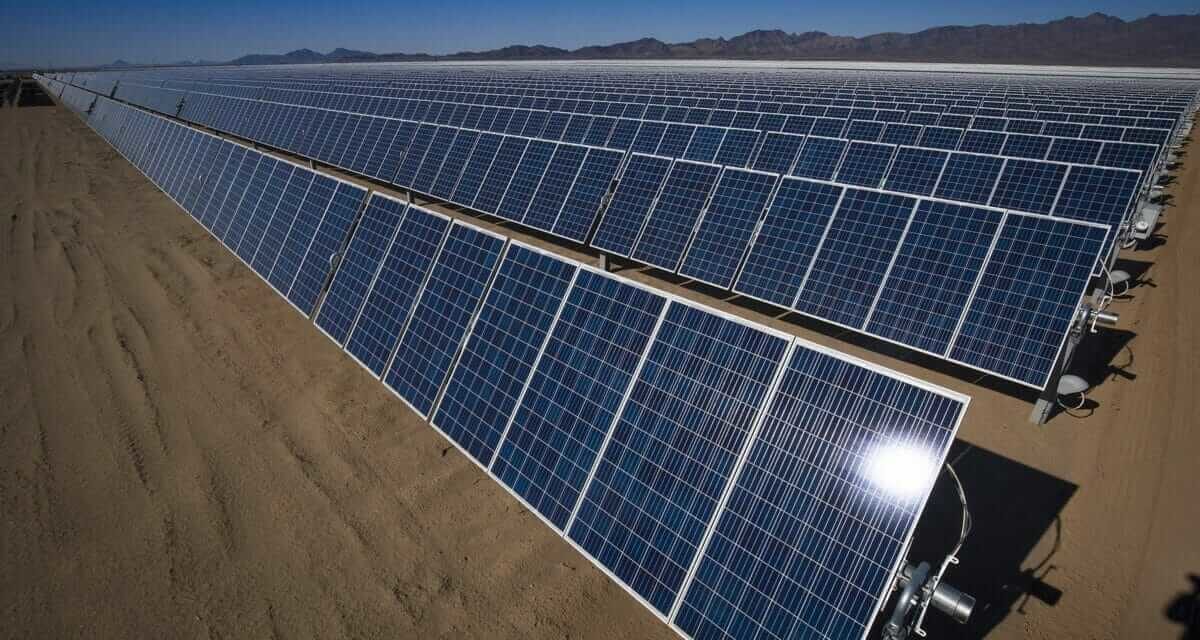A recent report from international asset management company Lazard shows that several renewable energy technologies can easily compete against conventional generation methods in terms of cost with or without government subsidies. Lazard’s study revealed that both wind and solar generation could hold their own against conventional gas peaking, nuclear power, coal power plants, and gas combined-cycle facilities.
At present, the cost of many renewable energy technologies has been going down throughout the world, if somewhat slowly. This drop is attributed to significant reductions in capital costs, increased competition as new players are emerging in the clean energy sector as it gains sway in various countries, and ongoing developments with regard to technological efficiency and scale.
While government subsidies for renewable energy are available, these are not that common. Nevertheless, the industry continues to rally, but experts say that a subsidy may put clean energy providers on a more equal footing with conventional generation players.
Indeed, the Lazard report states: “When U.S. government subsidies are included, the cost of onshore wind and utility-scale solar continues to be competitive with the marginal cost of coal, nuclear and combined cycle gas generation.”
If subsidized, the levelized cost of energy (LCEO) for utility-scale solar facilities can generate $27 per megawatt hour (Mwh) while wind power on a similar scale can average $25/Mwh. When it comes to conventional methods, coal generates an average of $42/Mwh, nuclear at $25/Mwh, and combined gas cycle generation at $24/Mwh.
Renewable energy faces challenges on a global level
Meanwhile, it is possible that worsening supply chain conditions may delay or even cancel over 50% of solar utility projects planned for 2022 in various parts of the world.
According to an analysis done by Norwegian power think-tank Rystad Energy, 56% of initiatives expected to generate 90 gigawatts of solar capacity may be hampered by the rising cost of commodities as well as supply chain bottlenecks. In fact, the average cost for solar PV modules has risen from just under $0.20 per watt peak (wp) last year to play between $0.26 and $0.28 in the third quarter of 2021, a jump of around 50% in a relatively short amount of time.
This surge in the cost of these modules is mostly driven by the 300% rise in polysilicon prices and those of other raw materials throughout 2020 and the first half of 2021.
Rystad’s senior renewables analyst David Dixon opines that the global utility solar sector now faces some high hurdles even as the UN’s COP26 climate change summit is currently underway in Glasgow, scotland.
“The current bottlenecks are not expected to be relieved within the next twelve months,” Dixon said. “[This means] developers and off-takers need to decide whether to reduce their margins, delay projects or increase offtake prices to get projects to financial close.”















